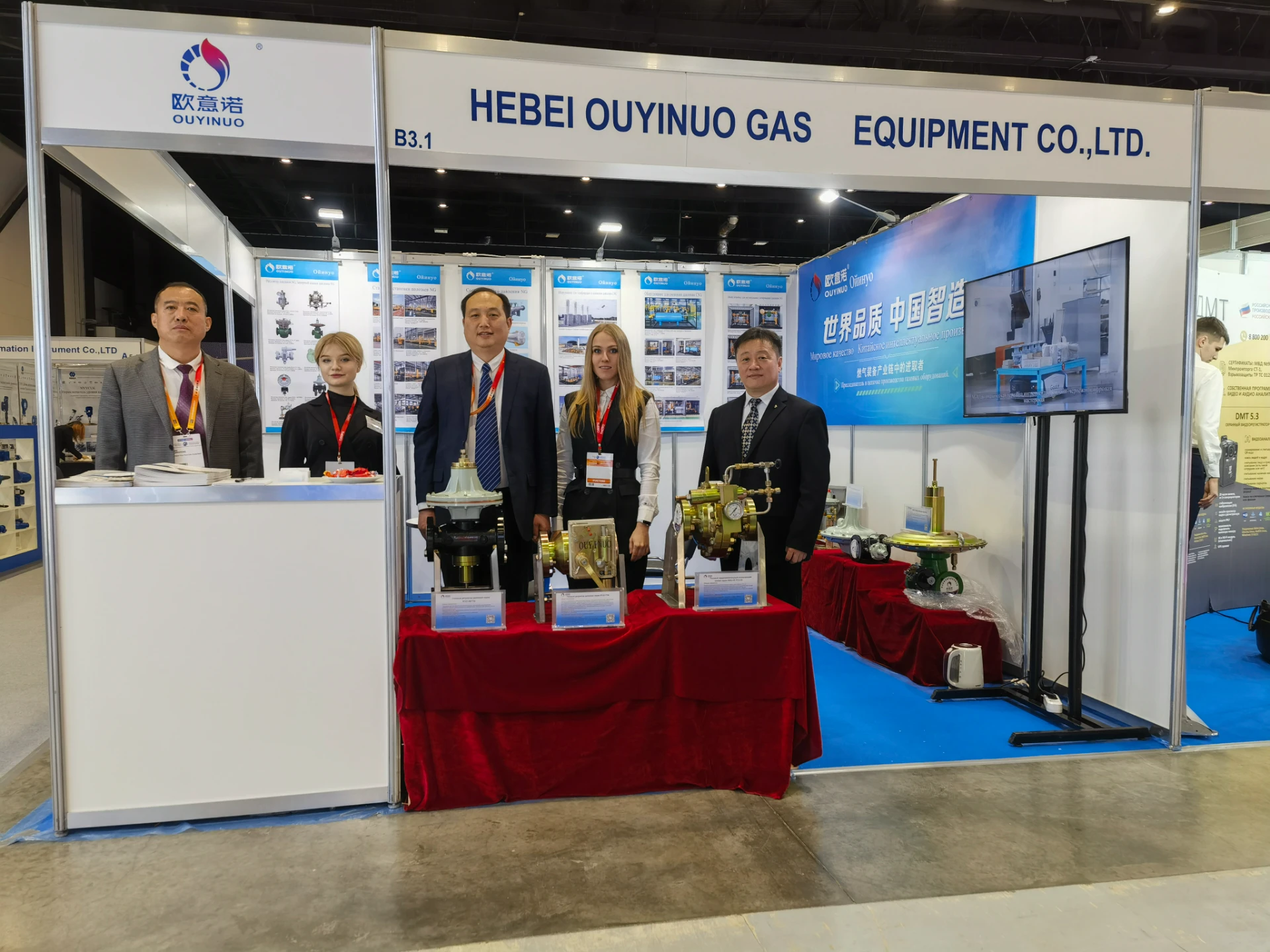
Dec . 04, 2024 09:34
Back to list
المبادل الحراري للغاز الطبيعي
Heat Exchangers for Natural Gas
Heat exchangers play a pivotal role in the processing and transport of natural gas. As one of the primary sources of energy worldwide, natural gas must be efficiently managed to maximize safety and minimize environmental impact during its extraction, processing, and distribution. The heat exchanger is a crucial piece of equipment in this chain that facilitates efficient heat transfer between fluids, thereby improving overall processing efficiency.
What is a Heat Exchanger?
A heat exchanger is a device designed to transfer heat between two or more fluids. Typically, these fluids are separated by a solid wall to prevent mixing while allowing heat transfer through conduction and convection. In the context of natural gas, heat exchangers can be used in various stages such as gas cooling, heating, or temperature regulation during processing.
Types of Heat Exchangers
There are several types of heat exchangers commonly used in natural gas applications, including
1. Shell and Tube Heat Exchangers This design consists of a series of tubes, one set carrying the hot fluid and another the cold fluid. The heat transfer occurs through the tube walls. Shell and tube heat exchangers are known for their robust construction and are ideal for high-pressure applications typical in the natural gas industry.
.
3. Air-Cooled Heat Exchangers In situations where water is scarce or costly, air-cooled heat exchangers use ambient air to cool the fluids. These are commonly employed in gas processing plants, especially in remote locations.
المبادل الحراري للغاز الطبيعي

Applications in Natural Gas Processing
During the extraction and refining of natural gas, heat exchangers are utilized at multiple stages
- Cooling After the extraction process, natural gas may need to be cooled before it can be transported or refined. Heat exchangers effectively lower the temperature of the gas, preventing issues such as condensation or pressure build-up during transportation.
- Heating for Refining Conversely, in the refining process, heat exchangers are used to increase the temperature of natural gas to facilitate various reactions. For instance, during the production of LNG (Liquefied Natural Gas), heat exchangers are critical for cooling the gas to cryogenic temperatures.
- Recycling Heat Many industrial plants implement heat recovery systems where waste heat from various processes is reused to preheat incoming fluids. This greatly enhances energy efficiency and reduces operational costs.
Importance of Maintenance
To ensure optimal performance, heat exchangers must be regularly maintained. Common issues such as fouling and corrosion can significantly hinder their efficiency. Cleaning these units, inspecting for leaks, and ensuring thermal performance are all critical components of maintenance routines in natural gas applications.
Conclusion
In summary, heat exchangers are essential devices for the efficient processing of natural gas. They facilitate critical processes by transferring heat between fluids, ensuring that natural gas can be extracted, processed, and transported safely and efficiently. With ongoing advancements in technology and materials, the role of heat exchangers will continue to evolve, contributing to the sustainability and efficiency of the natural gas industry. As global energy demands rise, the importance of these devices cannot be overstated, making them indispensable in the quest for reliable and clean energy sources.
Latest news
-
Safety Valve Spring-Loaded Design Overpressure ProtectionNewsJul.25,2025
-
Precision Voltage Regulator AC5 Accuracy Grade PerformanceNewsJul.25,2025
-
Natural Gas Pressure Regulating Skid Industrial Pipeline ApplicationsNewsJul.25,2025
-
Natural Gas Filter Stainless Steel Mesh Element DesignNewsJul.25,2025
-
Gas Pressure Regulator Valve Direct-Acting Spring-Loaded DesignNewsJul.25,2025
-
Decompression Equipment Multi-Stage Heat Exchange System DesignNewsJul.25,2025

